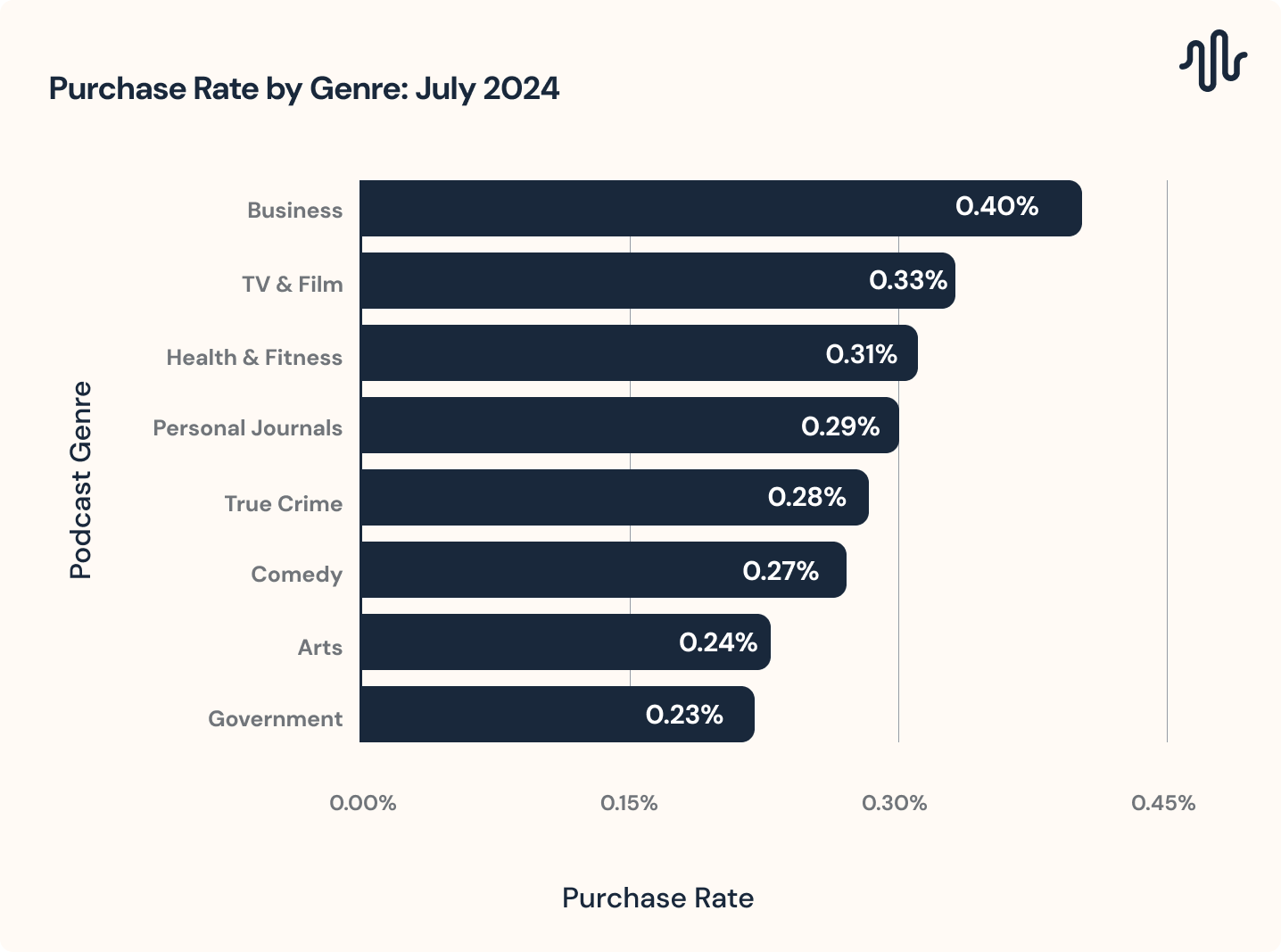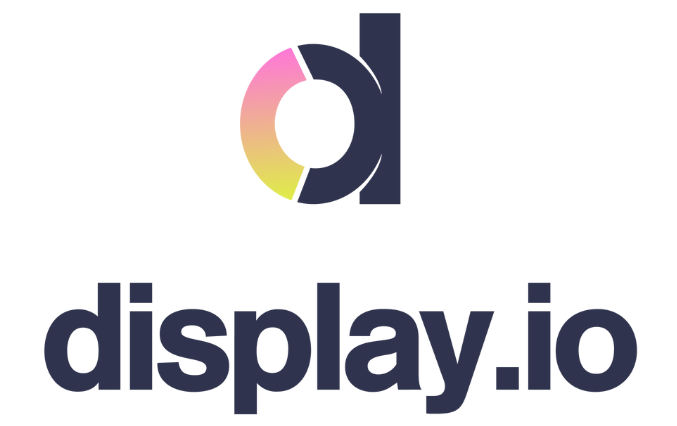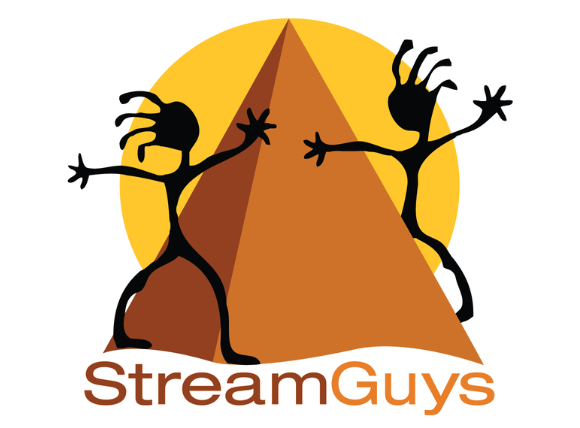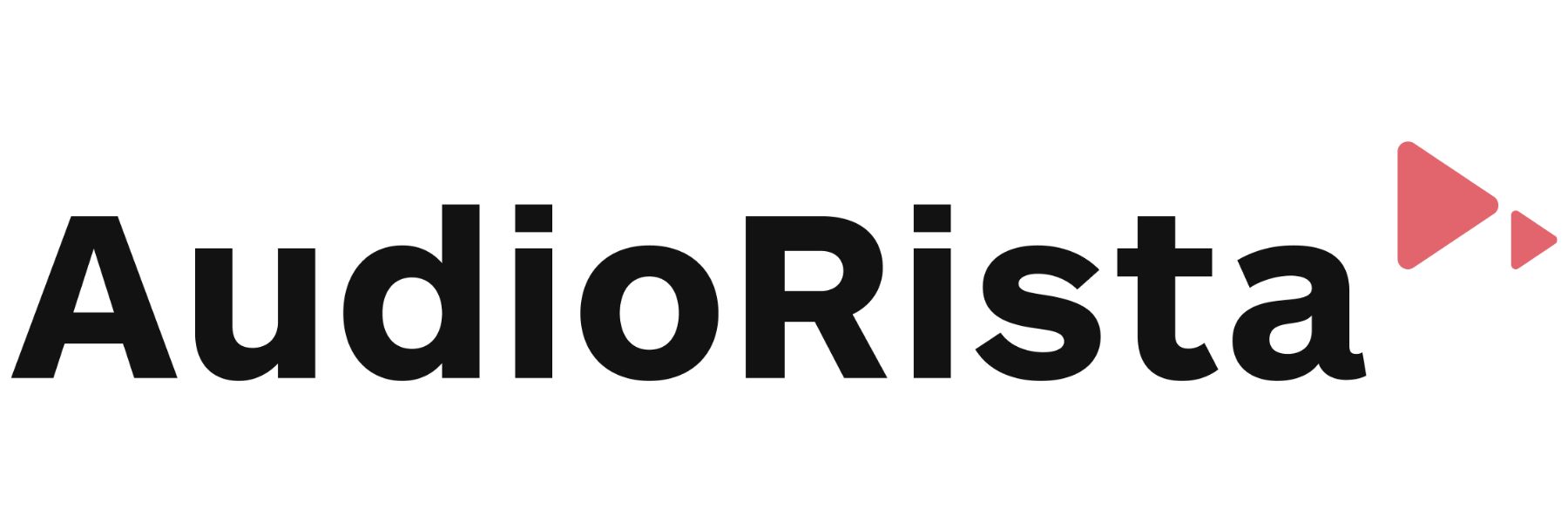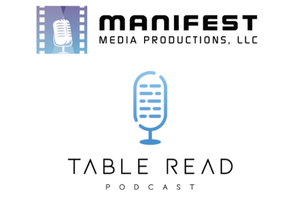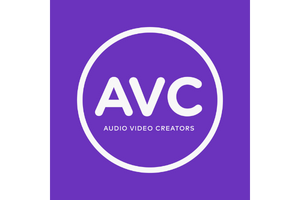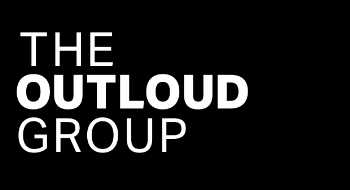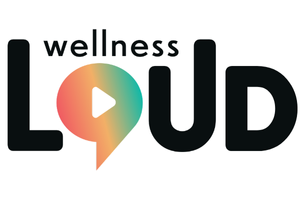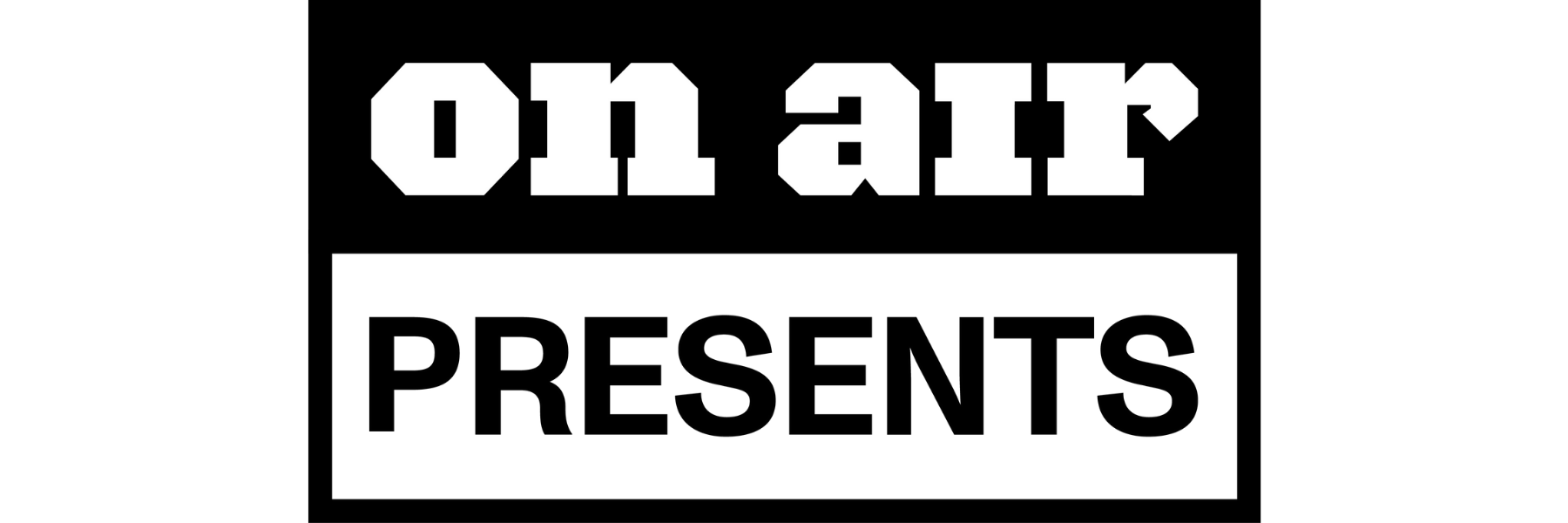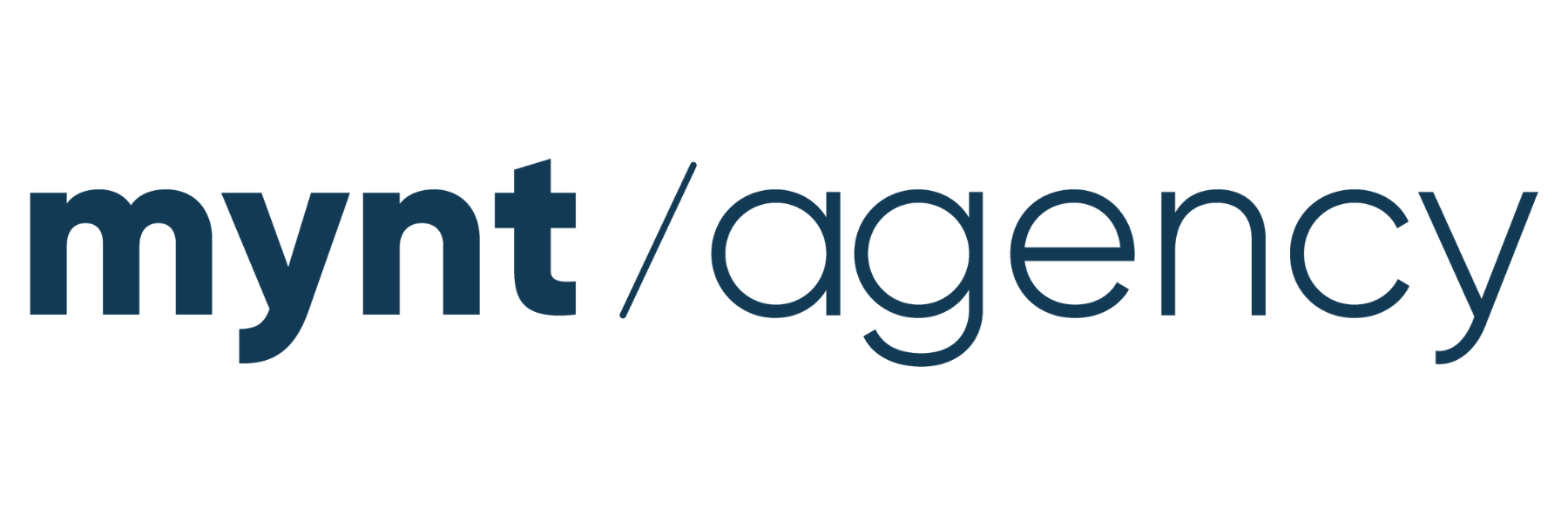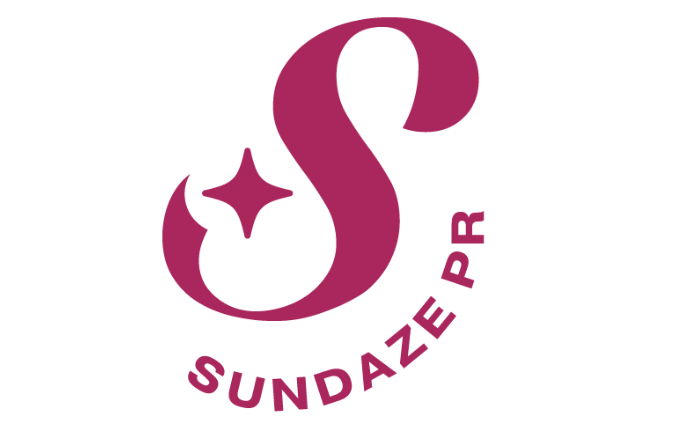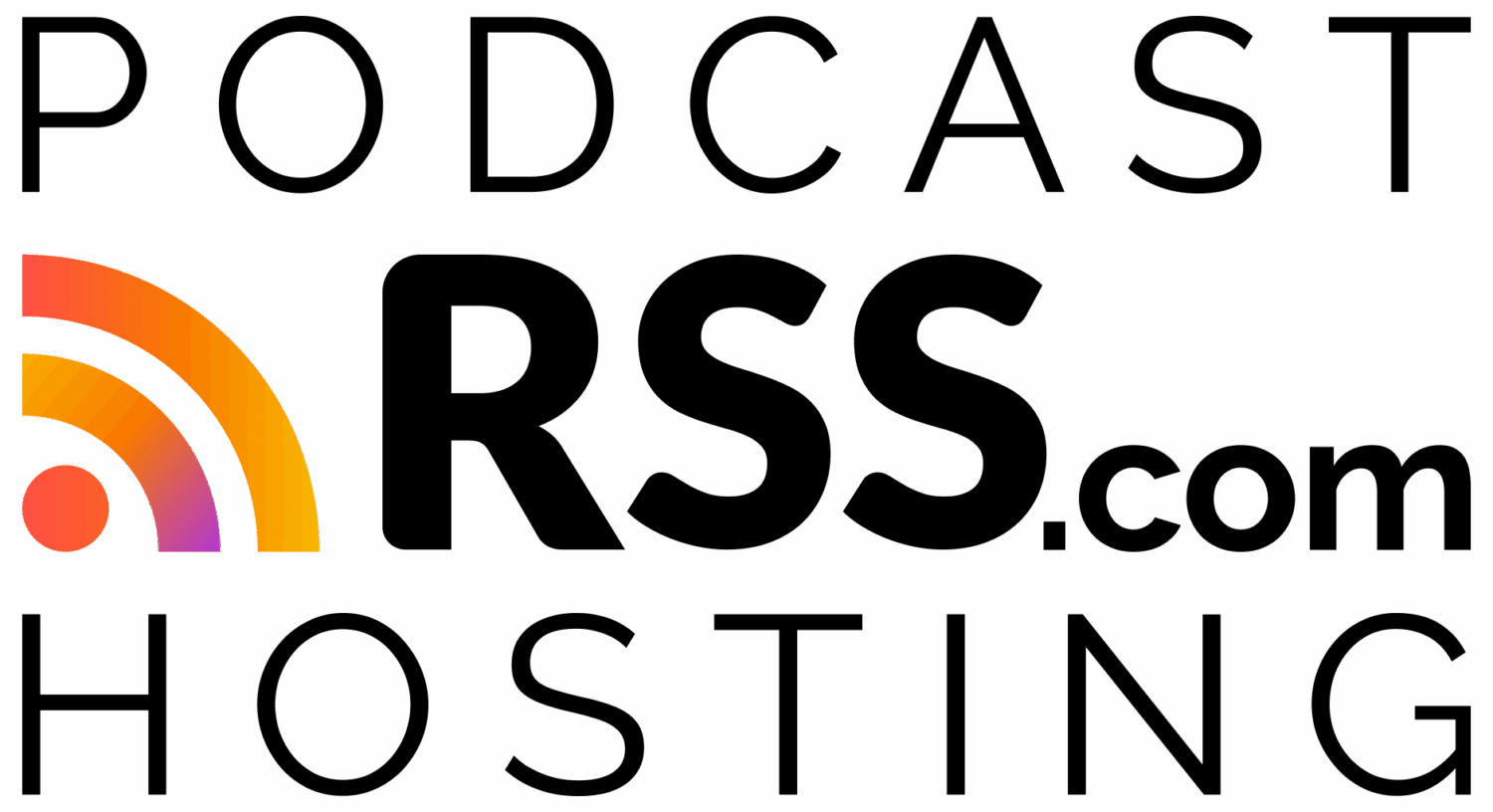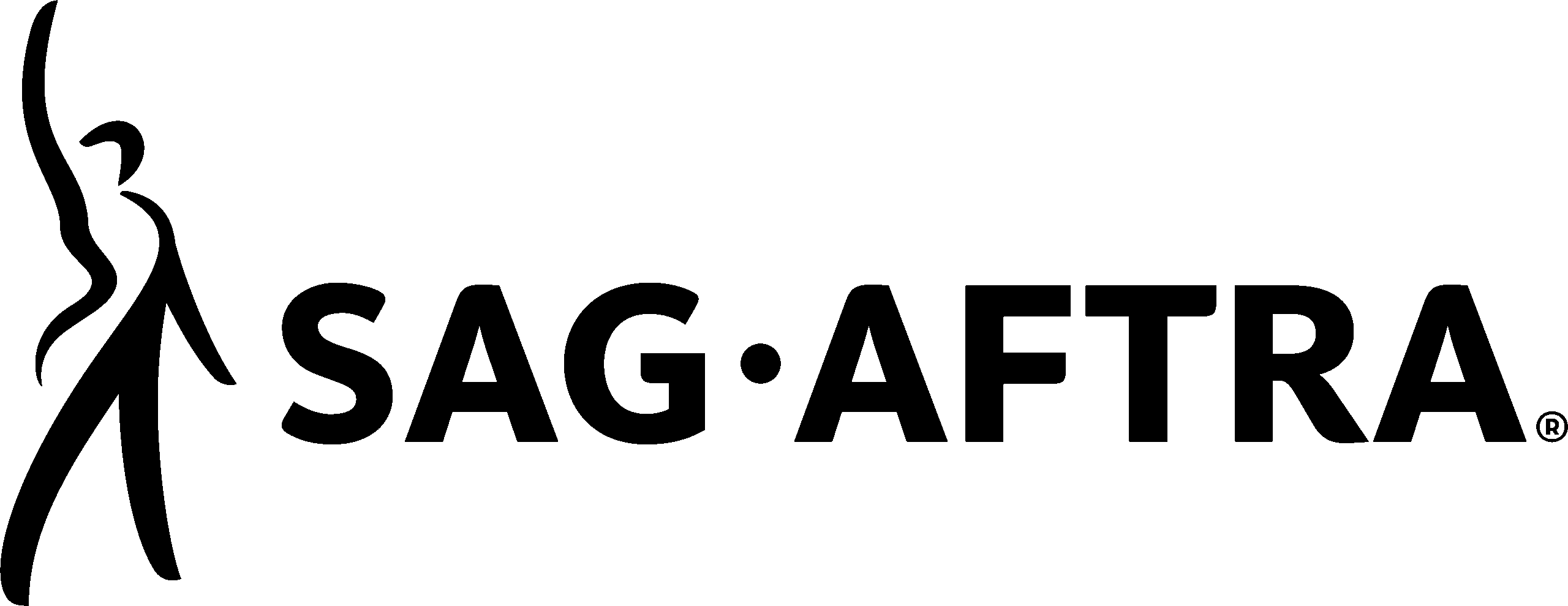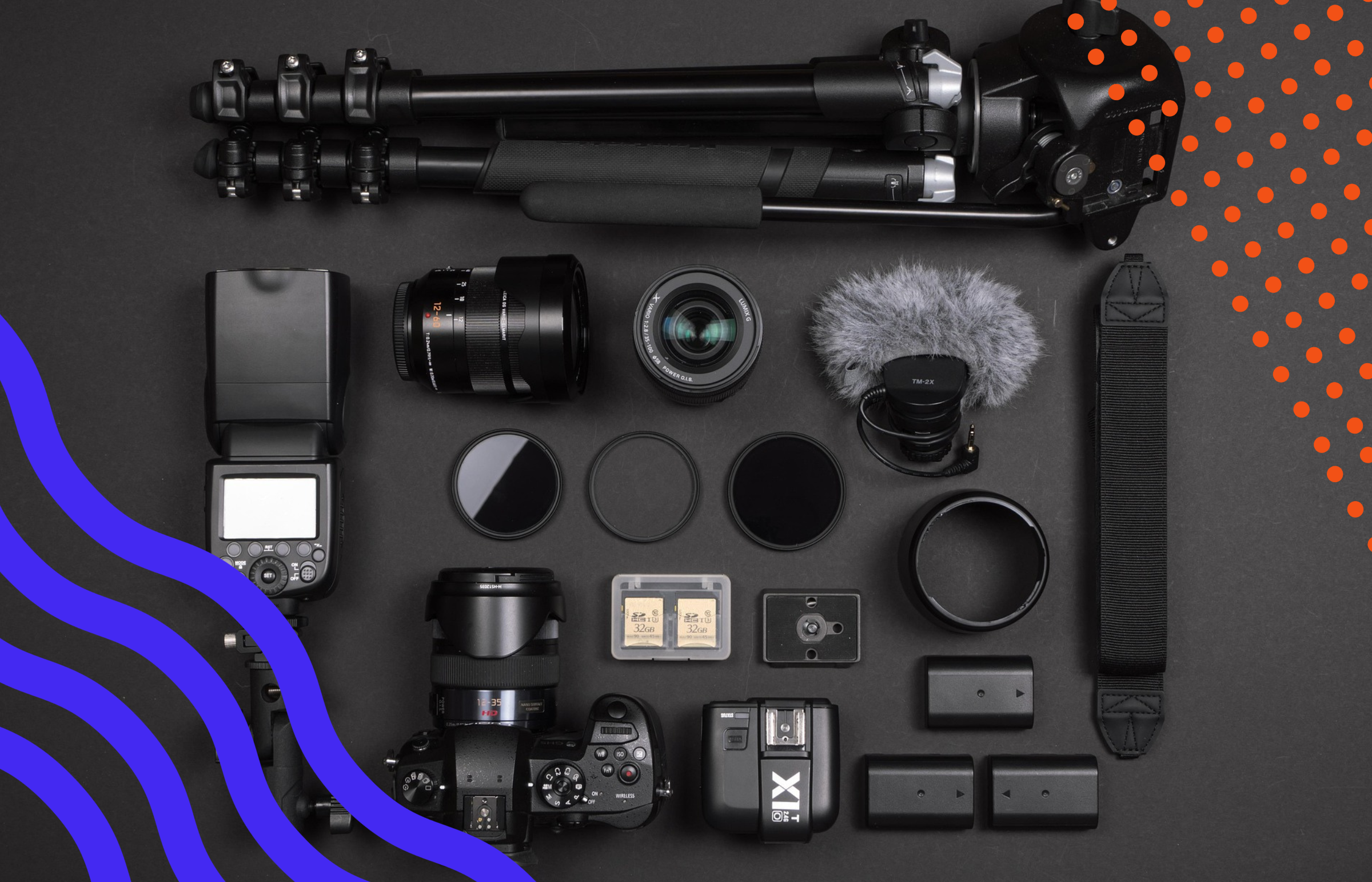This Week in the Business of Podcasting
Fall continues to threaten to happen here in the midwest, and I can hear my flannel button-downs calling from the closet. While I anxiously await the leaves to start changing color, let’s look at this week’s news from the business of podcasting.

Transparency. Performance. Automation.
Reversing the Flywheel – Women and Podcasting
This week from Tom Webster in the Wednesday Sounds Profitable newsletter: Women make up 51% of the U.S. population, yet The Podcast Landscape 2024 finds respondents who have listened to a podcast in the past month work out to skew 56% male. When Webster got into researching podcasting nearly 20 years ago, the industry skewed over two-thirds male in its infancy. Then, as podcasting grew, it course-corrected more towards the population balance. However, in recent months things have trended more male. A quote from Webster:
“Here is what I think is positive: I don’t think it is a sign that we have “lost” women; rather, I think many of the medium’s newest big hits are male-driven shows. The continued growth of video podcasting, in particular, has fueled the success of some of the newest hits for this medium, but many of those shows are by and for dudes. So, we are making new hits, something people whose knowledge of podcasting stopped at Serial may have overlooked, but there is no question that many of these new hits are YouTube-driven and draw disproportionately male audiences.”
There are two actionable solutions that can tip the scale back from becoming one-sided: promote the nature of podcasting as a companion medium – something to do during ‘found time’- and to actively put effort into supporting female voices. Proactive curation is a powerful tool. Male hosts actively promoting shows hosted by women will move the needle.
An anecdotal example of the needle moving back in a more balanced direction is the burgeoning field of sports podcasts by women, for women, about women’s leagues. A Wednesday article from Alyssa Meyers at Marketing Brew covers several publishers and podcasts that have popped up specifically targeting women’s sports in the past five years that have experienced audience growth. Shows like The Gist of It report a groundswell of not-dude listeners for its coverage of both men’s and women’s leagues. 90% of their predominantly millennial and gen Z audience identify as women or nonbinary. The Athletic Women’s Basketball Show has had a 97% monthly download increase since March, with a 49% year over year increase in overall female audience.
New Study On Registered Voter Podcast Perceptions
This Wednesday Voxtopica published a report titled The Podcast Influence: The Listening Habits of Registered Voters. The study is built from an online survey of 683 self-identified registered American voters aged 18+, weighted to the most recent census data for the U.S. population’s age and gender.
Respondents were asked whether they listen to podcasts, how often, why they listen, and what they like or don’t like about podcasts. Key findings include 63% agreeing podcasts change their opinions on issues or topics in the news. 85% of registered voters surveyed trust podcasts more than any other news and information source, including newspapers, TV, radio, and social media.
A quote from Sounds Profitable’s Tom Webster about the study:
“Podcast audiences naturally self-select for the shows and hosts that they trust, which makes those shows incredible vehicles to deliver the right message, at the right time, to exactly the right people. Voxtopica’s survey offers further evidence that podcasting delivers a valuable, receptive audience.”
How did the Olympics Shake Out for Broadcasters?
This Wednesday from Sam Bradley for Digiday: With the Olympics in the rearview mirror, it’s time to tally up the results and see if the Paris event was worth the investment. The short answer: yes. A quote from the article:
“Dan Lovinger, president, advertising sales, NBC Sports Group, told Digiday in an email that the Paris Olympics were “consumed in massive numbers,” with a daily average of 30.4 million viewers across its various channels. The company secured a 60% increase in sales resulting in $1.2 billion in ad revenue, its highest-ever tally for the Olympic Games and more than that brought in by the Tokyo and Rio games combined, he added.”
Warner Bros. group SVP of ad sales and brand partnerships, Mike Rich, reports all of their inventory sold out and reached 140% of pre-Games sales targets. The games also enabled an uptick in accessibility and disability representation, with Channel 4 featuring the first deaf sports presenter on live TV in the UK. Also, during the Paralympics, 68% of ads on Channel 4 had closed captions, compared to a normal average of 25%.
FAST Channel Fill Rate Growth Slows
This Wednesday from Tim Peterson at Digiday: New data from streaming tech provider Wurl shows 2024 has had slightly lower fill rates for FAST (free ad-supported television) channels, which they attribute to increase in supply. A quote from the article:
“Moreover, the top tier ad-supported streamers have been lowering their prices to better compete for advertisers’ dollars in what has become a buyer’s market. Amazon Prime Video, for example, priced itself below Disney+, Netflix and Max when it entered the market earlier this year. And in this year’s upfront, Disney and Netflix lowered their streaming ad prices. That can make the most attractive inventory in advertisers’ eyes affordable for more advertisers.”
As FAST grows, there’s also reports of discoverability issues as there’s not elegant widely-used descriptions for how to find a given channel on aggregators like Roku. There are very few unique advertising issues under the sun, and CTV/FAST channels specifically are going through similar growing pains to what podcasting experienced a decade ago.
Podscribe Index
Purchase Rate by Genre, July 2024
In our latest Podscribe Index, notable changes in purchase rates came out from June to July. “Business” replaced “Fiction” for the highest purchase rate in July, coming in on top once again. “TV & Film” came in second followed by “Health & Wellness” which has seen rising purchase rates over the last few months. The biggest improvement was in “Comedy” which came in at #6 making the top 8 charts for the first time in 2024!
Quick Hits
While they may not be top story material, the articles below from this week are definitely worth your time:
- Pre-Prebid – from AdExchanger’s Optimizing the News A witness in the Google anti-trust case reveals Prebid was originally intended for IAB Tech Lab. On the subject, Prebid Summit is slated for mid-October, flag down Bryan Barletta after his 12:20 session, say hi.
- Hype: Giving fans a stake in boosting their favorite emerging creators by Jessica Locke YouTube is debuting a new ‘hype’ system allowing viewers to vote on new videos from smaller creators to appear on a top 100 leaderboard.
- Triton Digital Publishes August Canada Podcast Ranker. The monthly ranker covers top movers and shakers in the country, including Hysterical jumping 67 spots.
- Top 5 international brands investing in Australian podcasts ARN and Magellan AI team up to list the top international investors in AU podcasting.
- Why you’ll get the best of the BBC, first, on BBC Sounds by Mary Hough. After finishing its trial period, the BBC will continue releasing podcasts in timed exclusivity on BBC Sounds before releasing them on open RSS feeds.


